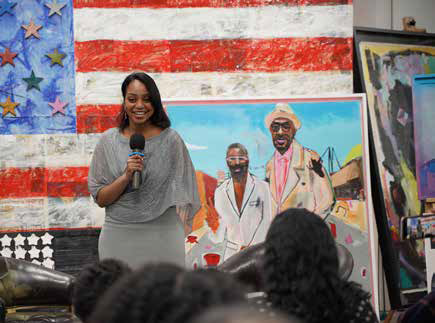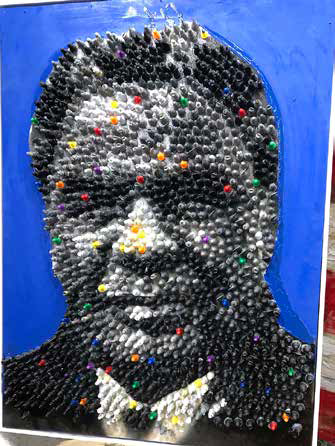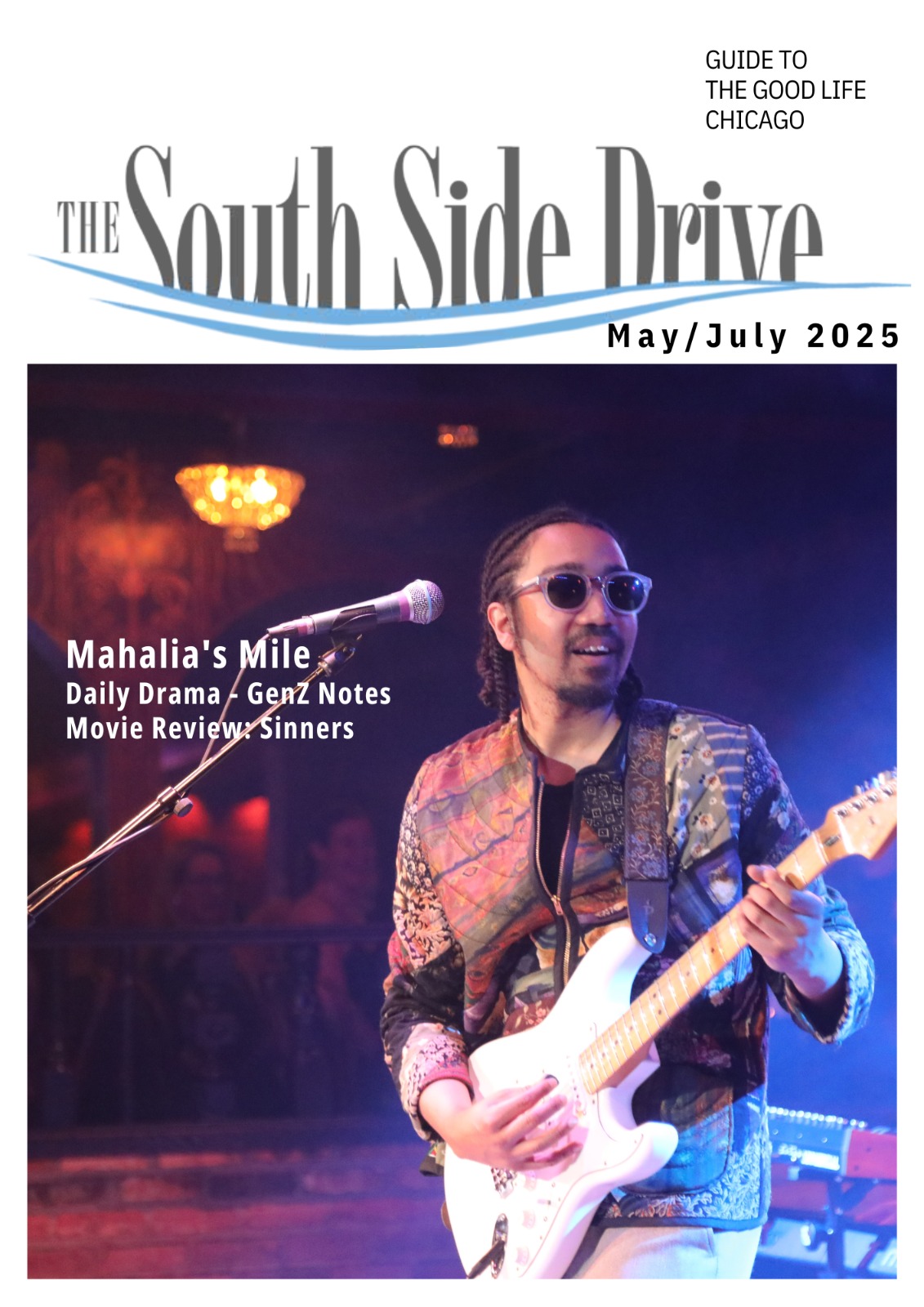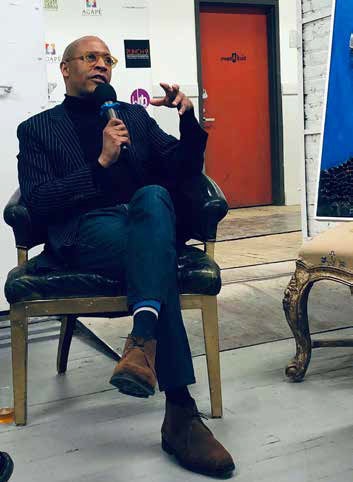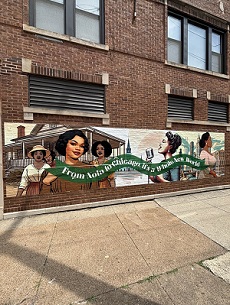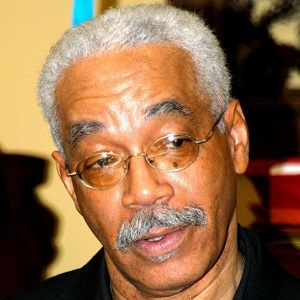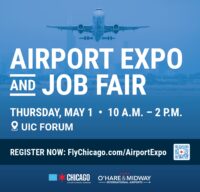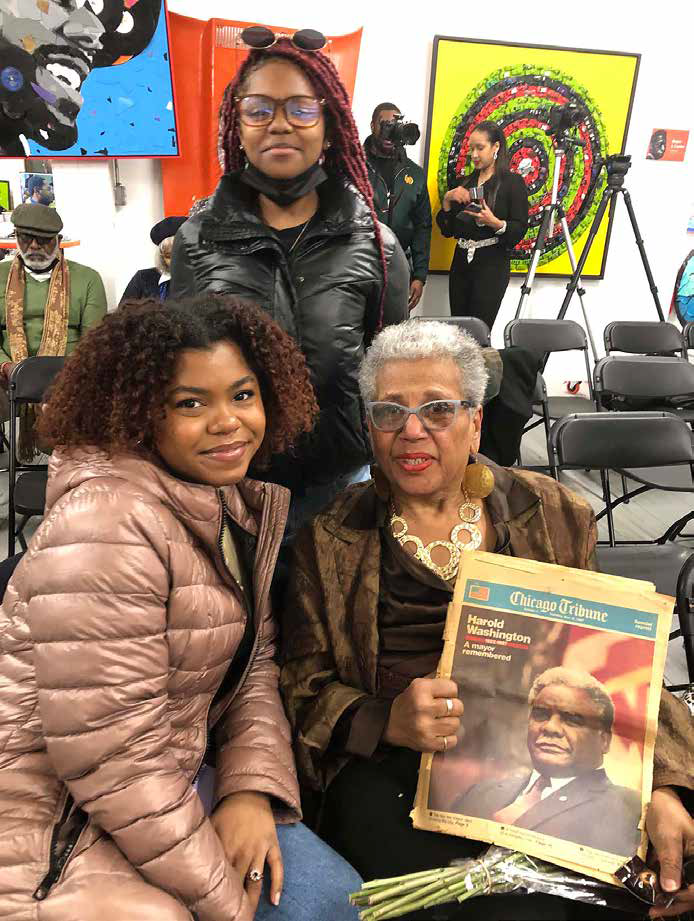
By Quinton R. Arthur
Tallgrass Educational Films and The Kulture Museum partnered to present “Art & Legacy: Remembering Mayor Harold Washington” in honor of Black History Month. The event connected the history of Washington to his influence on art today.
This event featured networking with guests, two-panel discussions, and concluded with a brief preview of the documentary about Harold Washington, Punch 9.
According to the official synopsis of the film, Punch 9 chronicles the captivating rise, surprising reign, and enduring legacy of Chicago’s first African American Mayor, Harold Washington. The film includes footage from the 1980s and interviews with other history makers, such as Jesse Jackson, Vice Mayor Richard Mell and others instrumental to this moment in history.
Director and Producer Joe Winston, an alumnus of Kenwood High School, was greatly impacted by Washington, who lived only a few blocks away. Winston found similarities between the first Black mayor of Chicago and the first Black President of the United States, Barack Obama.
“The thing that led to the movie is the connection to the other political figure I see represented here, Barack Obama. The choices that President Obama had to make to be president for all of America, to me, mirrored closely the choices that Harold had to make to be mayor for all Chicago,” said Winston.
One of the panel discussions focused on the legacy of Mayor Harold Washington and his impact on the lives of Black men from Chicago, who honor his memory in their work today. Moderated by Raymond Lambert, one of the Executive Producers of the Punch 9 documentary, panelists included Jamhal Johnson, one of the founders of Moor’s Brewing Co. and The Kulture Museum’s artists in resident Paul Branton, Roger J. Carter, and Robert Lewis Clark.
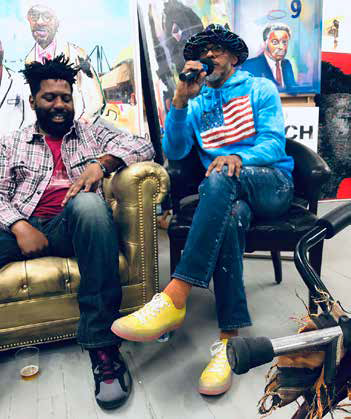
Each of the men spoke about Washington’s influence on their personal lives as young boys and in their successes. All panelists agreed Washington’s legacy expands beyond Chicago.
Branton spoke about Washington’s influence on his art, particularly a piece he created for the event, a painting of Washington with a halo.
“When I create my art, I do so in terms of telling our stories and from the perspective of a man. I always go back to how I felt about that as a child. As a kid, I would draw these angels and now Harold is an ancestor. He is watching over us,” said Branton.
Johnson found that Harold’s legacy has helped him through life and in business.
It opened my eyes to what was possible for us. I took that and applied it to my life. I think that we should draw inspiration from not only Harold Washington but all the greats that came before us,” said Johnson.
Clark remembers the pride he felt within himself and the community when the historic election took place.
“One thing that I did notice about the city when he won was the atmosphere. I remember how elated and happy everyone was. That made me feel proud to be Black,” said Clark.
Lambert affirmed that Washington’s legacy continues to impact every generation.
“It is not just Black history; it is American history. At this time, we can use a man like Harold Washington to be inspired by what he did,” said Lambert.
The evening closed with a special sneak peek of a clip from Punch 9, which is expected to be released this year.
Artwork memorializing Mayor Harold Washington by artists Roger Carter. Nicole Murray, co-owner of Kulture Museum. Background art below by Robert Lewis Clark and Paul Branton.
